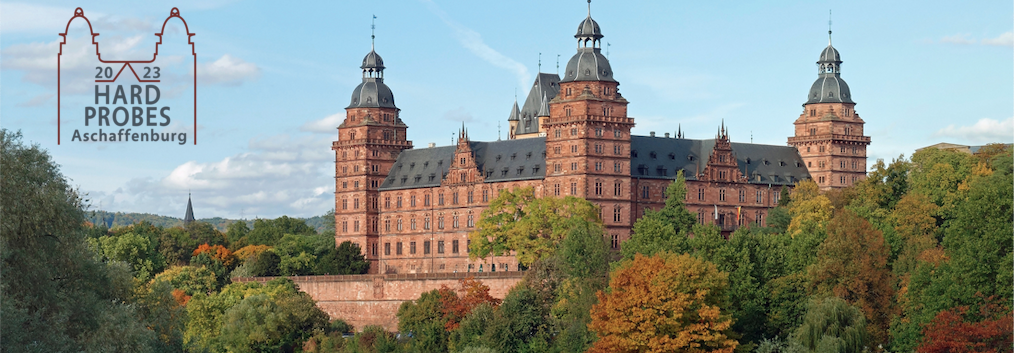Sprecher
Beschreibung
The understanding of the charm-quark hadronisation in high-energy hadronic collisions has recently improved. The production of D mesons relative to each other is compatible with those measured in $\mathrm{e^{+}e^{-}}$ collisions. The charm baryon-to-meson yield ratios show an enhancement from those measured at lepton colliders. This modification depends on the charged-particle multiplicity. State-of-the-art QCD-inspired models based on string fragmentation, statistical hadronisation, and hadronisation via recombination reproduce the main features of these measurements. However, several aspects of the transition of heavy quarks to the final-state hadron are not yet settled, such as the spin properties of produced particles. Hadronisation models can be further tested by the measurements of excited charm hadron states and of the polarisation or spin alignment of charm vector mesons. In this contribution, the first measurements of $\mathrm{D_{s1}}^{+}$ and $\mathrm{D_{s2}}^{*+}$ mesons and of $\mathrm{D}^{*+}$-meson spin alignment in pp collisions at $\sqrt{s}=13$ TeV by the ALICE Collaboration are presented. The measurement of the spin alignment is performed separately for prompt and non-prompt $\mathrm{D}^{*+}$ mesons, the latter are expected to be longitudinally polarised due to the helicity conservation. It is also shown how the latter coupled with the collective anisotropic expansion of the system may mimic the signal of global spin alignment in heavy-ion collisions.
Affiliation
ALICE
| Experiment/Theory | ALICE |
|---|
